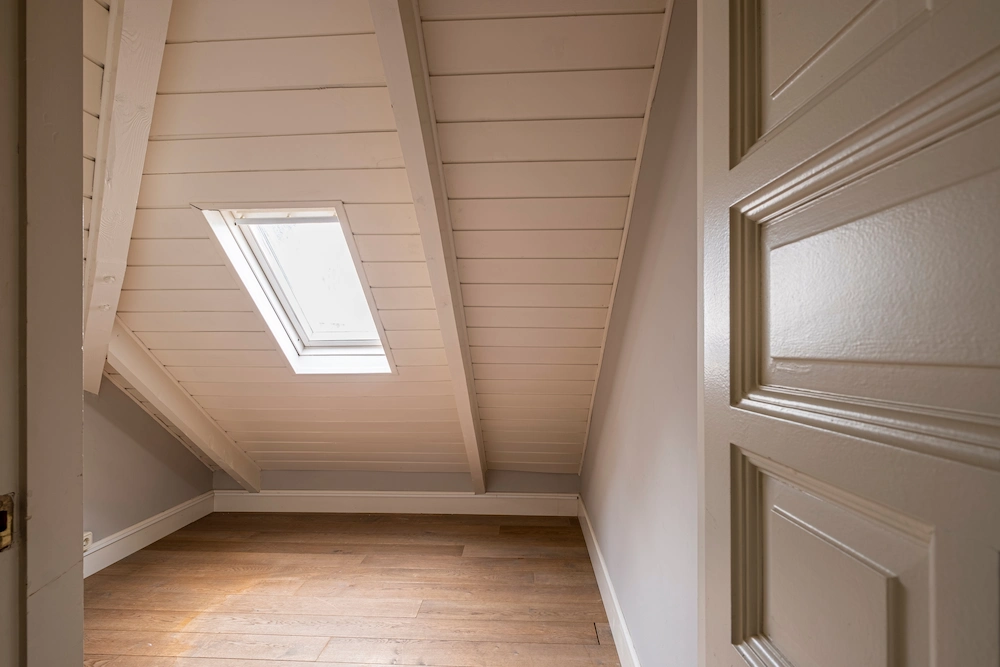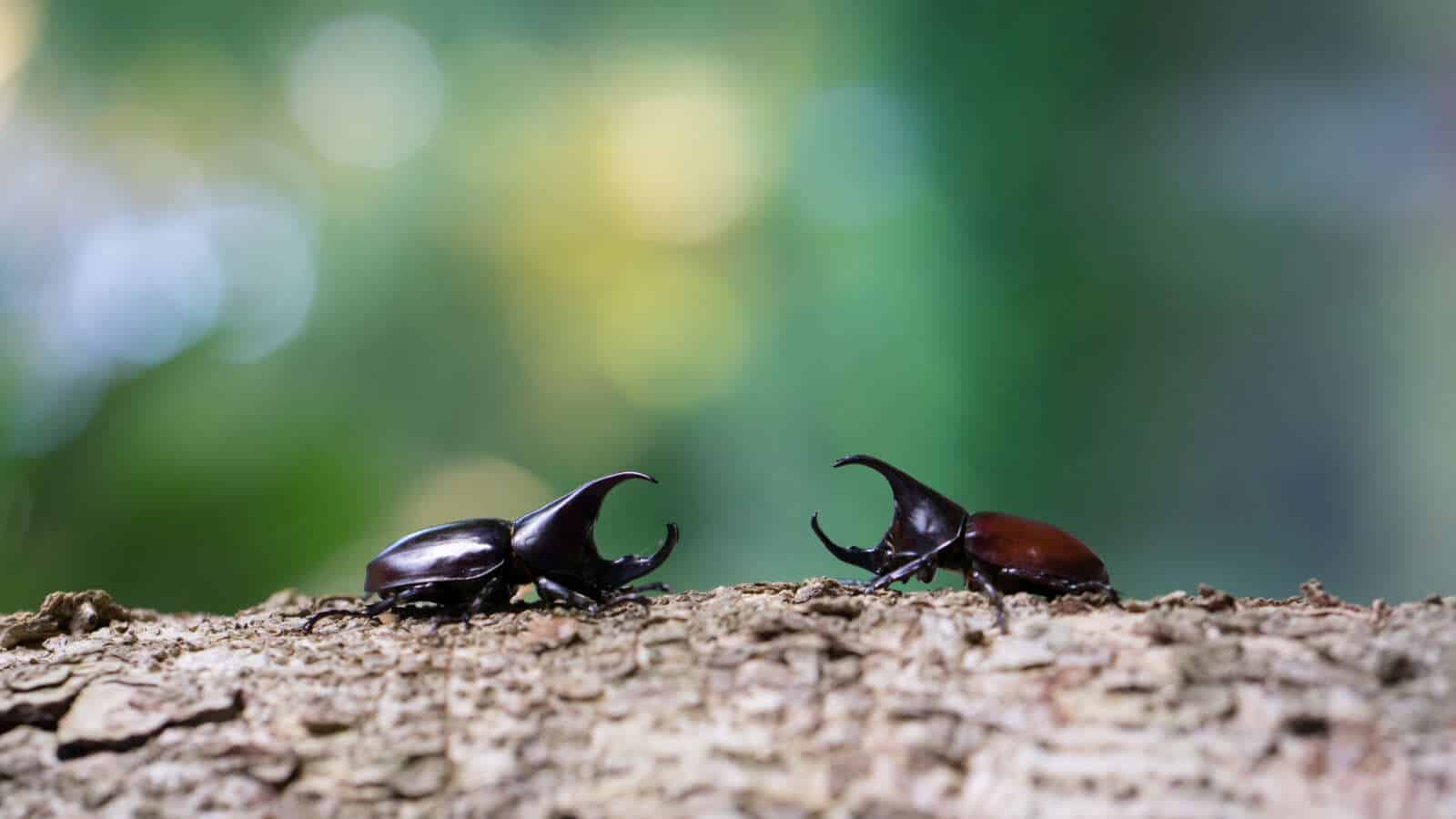Summary: The attic is often ignored, but it can become a pest haven before long. This blog details the destructive habits of 5 common attic pests. It also describes the signs of a pest infestation and the easiest ways to prevent one from happening. Pointe Pest Control provides tailored solutions for local pest problems.
______________________________________________________________________________________________________________________________________
As far as rooms go, attics are at the bottom of the popularity list. Whether it’s a forgotten storage space or a spooky setting (why does every scary movie have an attic?), the attic usually isn’t the most important room in the house.
This irrelevance is exactly why pest problems go unnoticed far more often when they’re in this space. You may get a lot of use out of your attic if it’s a spare bedroom or office, or even if it’s used as the stereotypical storage space. Either way, it’s just as important to keep this room pest-free as any other.
Before we get into the signs of an infestation and our top prevention tips, let’s talk about the habits of the 5 most common attic pests in the Midwest.
Rodents
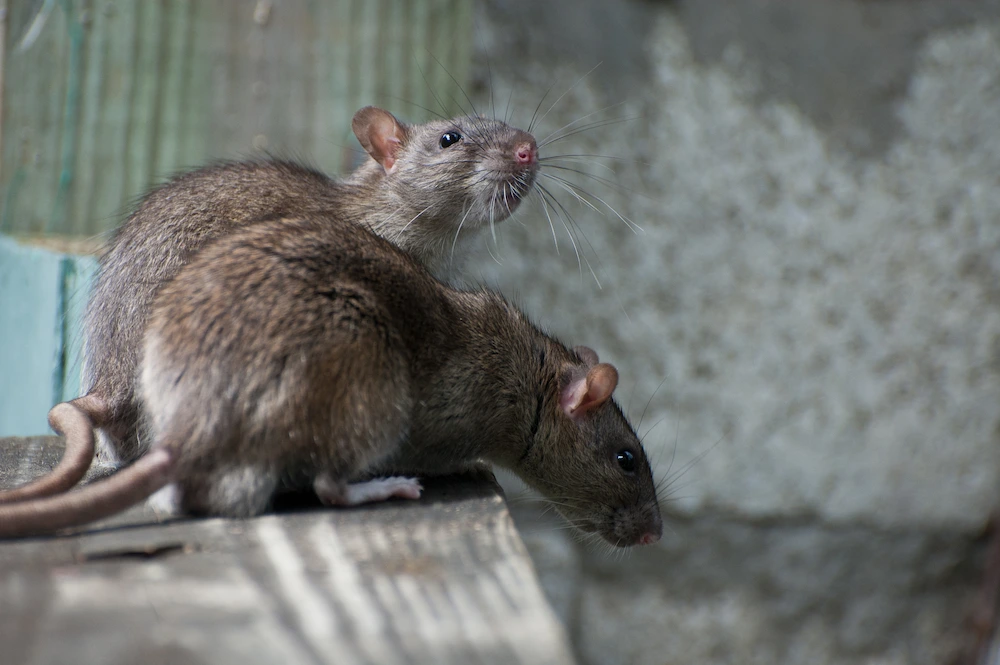
Since rats and mice have strong teeth, they have no problem chewing their way into the attic. These pests just want a warm, dry, and dark place to produce offspring and build a nest.
Mice are curious critters that can access the attic by climbing upward and slipping through a gap the width of a pencil. Rats are a bit bigger, but they’re still happy to hide in this space. Roof rats are the most common species that invade attics (for obvious reasons). They’re mostly nocturnal, so they take advantage of this isolated room by staying under the cover of darkness.
Both rodents aren’t the best at covering their tracks. They stockpile food, shred materials for nests, and mark their territory. Trust us: if you have a rodent problem, there will be clear signs.
Roaches
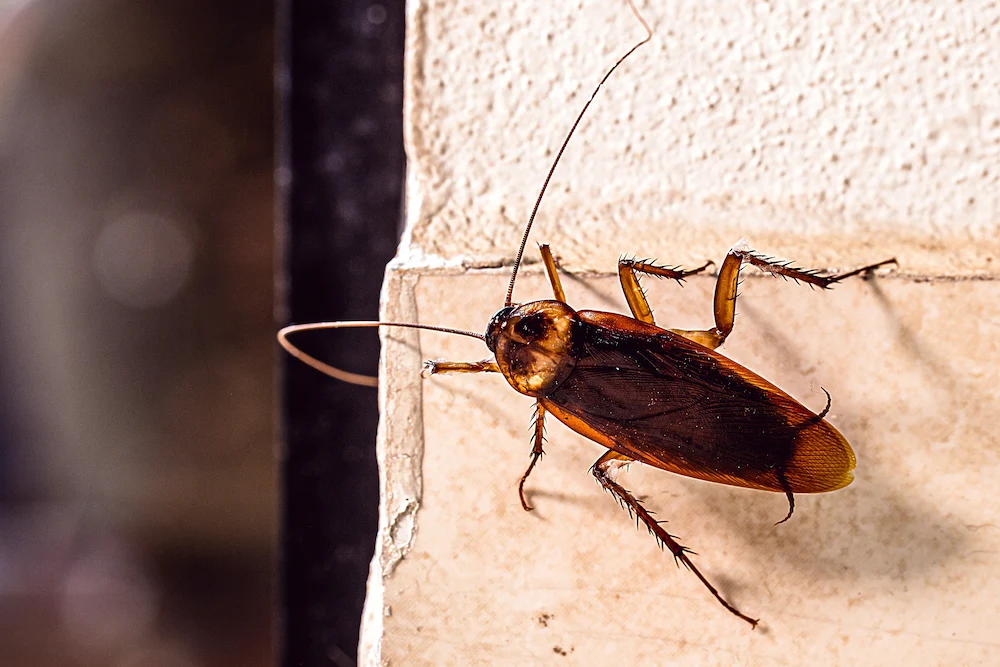
While roaches usually invade kitchens and bathrooms — they love humidity — they’re also big fans of attics. They can travel through walls and pipes to access other rooms of the house.
Since they love water, an attic with water damage or an active leak is more appealing to roaches. Another big attractant is clutter. A bunch of scattered items and dusty knick-knacks make great hiding spots for grimy roaches. These pests eat anything with a trace of nutritional value, so they’re not picky eaters in any case.
Two of the most common attic-invading roaches are German roaches and brown-banded roaches since they both like the typical attic environment. Roaches, while social, aren’t always a sign of an infestation. They can also just be a sign that there are unaddressed entry points in that space.
Spiders
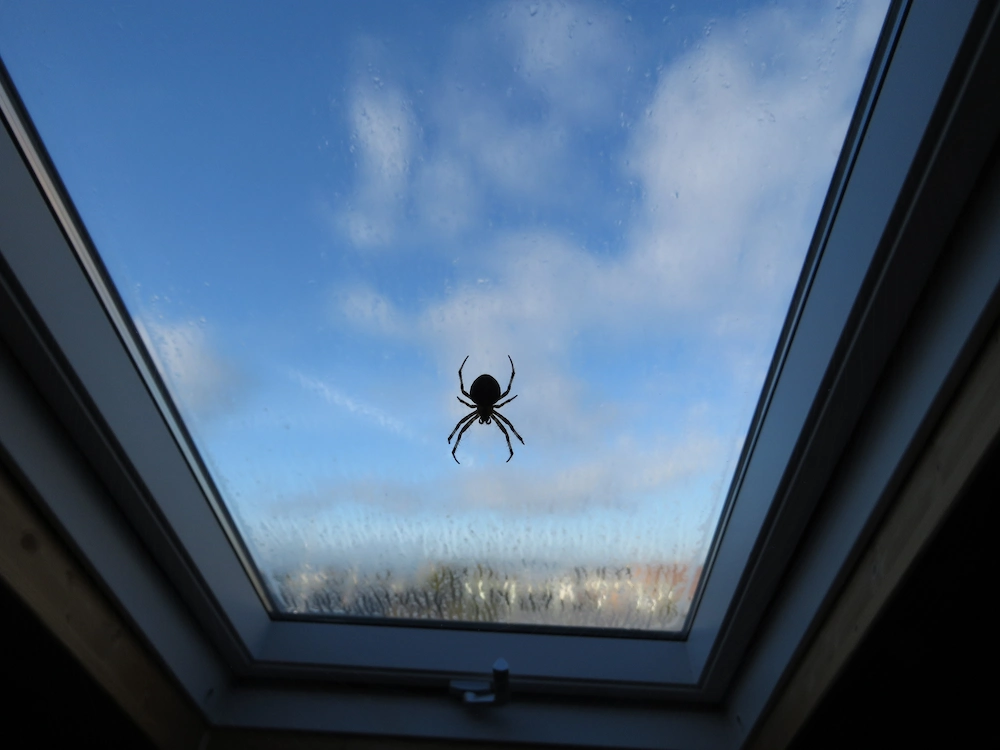
Where there are insects, there are spiders. These creepy-crawlies need to live near their food sources at all times. That means that an attic with active insects is also likely to see a spider or two.
Spiders want a warm, isolated place to produce eggs and spin webs (if they can), so the attic is perfect. As long as they have bugs and water — like from a leak — spiders are happy to stay in a cozy attic. While they enjoy warmth, too much of it can be bad for spiders. They’ll either be desperate for food because of their faster metabolism, or just pass away prematurely.
Most spiders (thankfully) don’t want anything to do with us, but two spiders are more cause for concern. Brown recluses and black widows have venomous bites that can have lasting health effects if left untreated. Please seek medical attention immediately if you’re bitten.
Stinging Insects
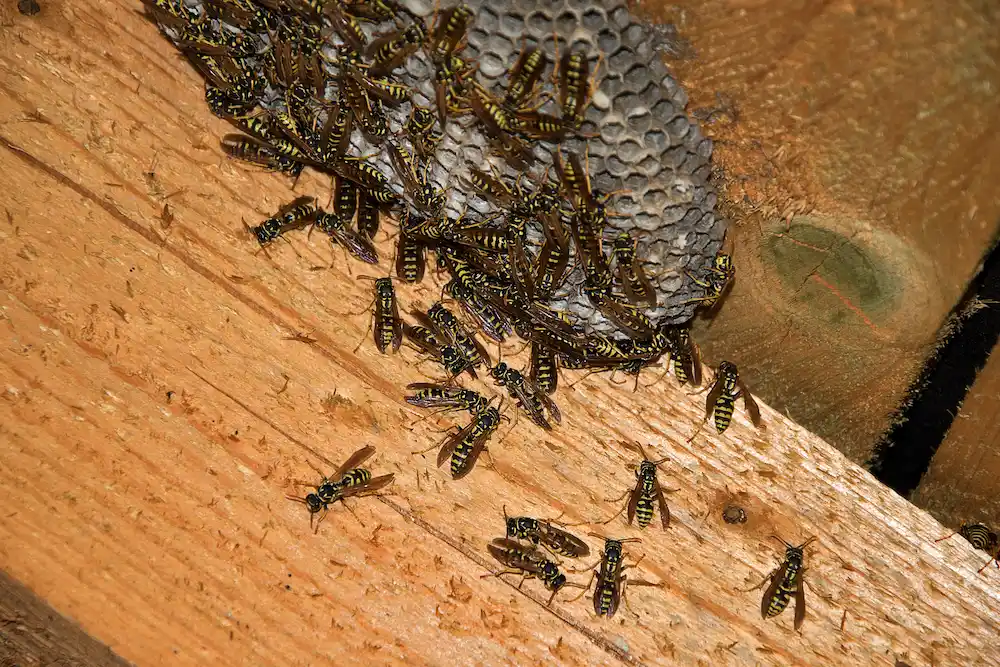
It doesn’t seem like wasps or bees would want anything to do with the indoors, but their desire for a sheltered nest location outweighs their love for the outdoors. Wall voids give extra protection when the attic is warm and dry.
It’s not a fun time when wasps, bees, or yellow jackets live in a house. They’re so territorial that members of the household are at risk of being stung, especially in the warmer months. Stinging insects love light and warmth. When an attic has both, they’ll want to stay for a while. If they find space, wasps and yellow jackets can build their nest indoors with chewed wood and saliva.
Whether indoors or outdoors, stinging insect problems are best solved by the professionals — and fast. These colonies can have thousands of insects by the end of summer, so the sooner this problem is solved, the better.
Termites
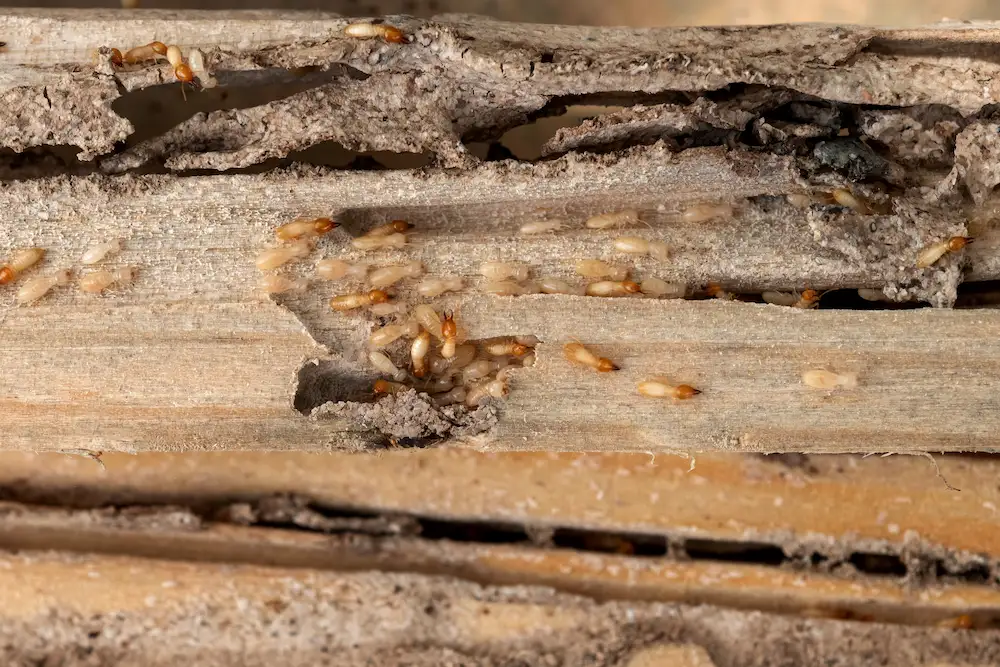
We’ve arrived at the most dreaded pest on the list. Termites don’t spread disease or bite us, but they cause billions of dollars in damage every year. They never stop working to rest. Reproductive swarmers start new colonies in the spring, and we’re currently in their busy season.
Termite infestations occur in every season, so wood damage in the attic can be exploited by these pests at any time. Termites generally prefer damp, old, rotten, or unsealed wood since these qualities all make wood easier to digest. The attic is more susceptible to termite damage when there’s damaged wood and it’s not often checked by people (more on this later).
Termite problems need to be solved immediately to keep the damage level to a minimum. Keep an eye out for the common signs (discarded wings, wood pellets, rustling sounds, etc.) and for any water damage. At the first sign of termites, contact your local pest control immediately.
Signs of Attic Pests
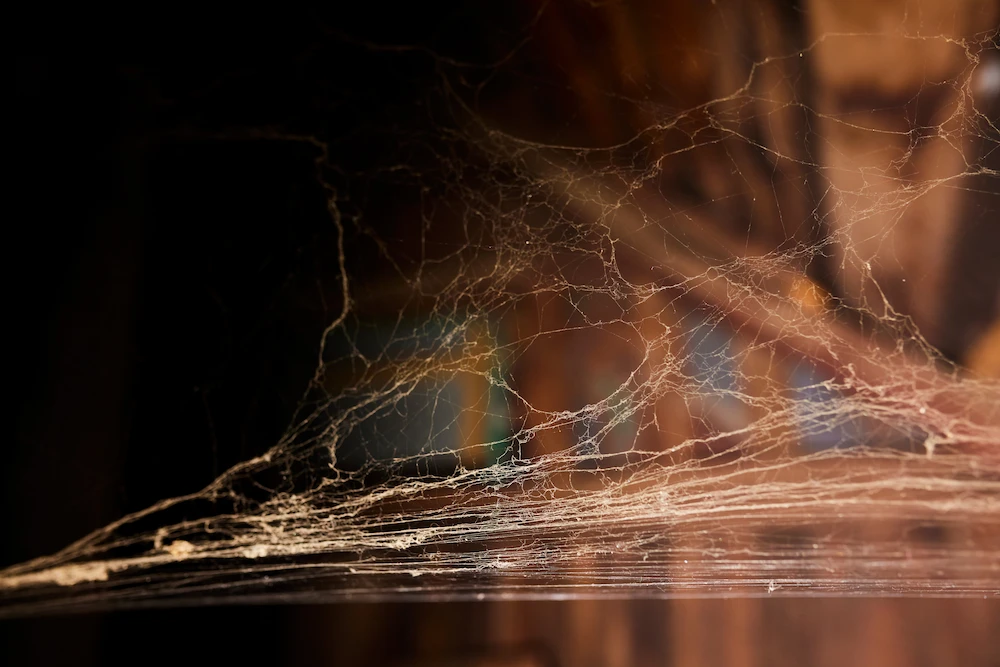
The key to beating these pests is knowing the signs of an infestation. It’s much more efficient to solve an early pest problem than to face a massive invasion (though pest control will definitely help with either).
These are the common signs of an attic pest problem:
- Damage to structural features, like insulation, electrical wiring (a fire hazard!), or drywall
- Droppings
- A musty odor
- Spiderwebs or cobwebs
- Scattered nest materials, like shredded fabric and paper
- Paw prints on the floor
- Strange sounds (scratching, squeaking, scurrying, rustling, etc.), especially at night
- New damage to the wood, like holes and water damage
- Your dog or cat acting agitated when they’re near the attic
- Any live or dead pests in the attic
How to Keep a Pest-Free Attic
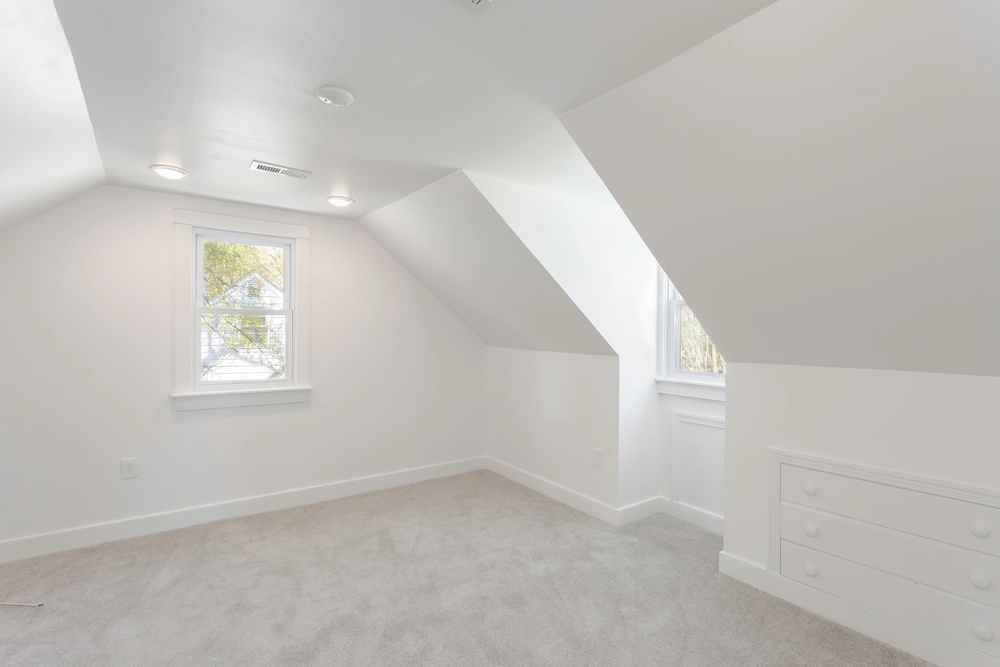
So, with all of this talk about pests in the attic, you’re probably wondering how to keep them from invading in the first place. The basic principle behind a pest-free attic is cleanliness. When your space is relatively tidy and sheltered, it’s much harder for pests to get inside.
Our best tips for keeping a pest-free attic are:
- Seal All Entry Points — This is essential to preventing pests in the attic, especially if you don’t go up there very often. Make sure all vents have screens, and check the weather stripping on any windows. Also, seal cracks or gaps with waterproof caulk.
- Keep the Space Dry and Clean — Pests are always after food and water sources, so remove these attractants by keeping a clean, dry attic. Check the space for leaks and get any fixed ASAP. Use a broom or vacuum to keep the floor clean and web-free.
- Trim Back Tree Branches — Tall trees with branches that touch the house can act as pest highways. The rule of thumb is that all plants and trees should be at least one foot from the house. If the branches are too high for you to trim, contact your local tree service.
- Check the Attic Often — This is especially important if yours isn’t used as a functional room and doesn’t get a lot of foot traffic. Keep an eye on this space for any signs of early pest problems, water damage, and potential entry points.
- Use Good Containers — Cardboard boxes are great for moving, but they are notreliable storage containers. Rodents, silverfish, and roaches love cardboard! Instead, use plastic or acrylic containers with good lids for long-term storage.
- Organize the Storage — Speaking of which, storing your items in an orderly manner also helps to prevent pests. They won’t have clutter to hide within and you’ll be able to find any early pest issues. It doesn’t have to be perfect — any organization helps!
- Contact Pest Control — Professional pest control is a reliable solution, but make sure the technician can access the attic. Most companies (including ours) won’t be able to treat an attic that has an insecure floor or is nearly impossible to access. As long as the space is safe to walk through, you’ll have pest solutions in no time!
Take Back Your Spring with Pointe Pest Control
‘Tis the season for spring cleaning and opening up the house. Just make sure you aren’t giving pests free entry to your home! The licensed technicians of Pointe Pest Control are committed to fighting off invasive pests with long-term solutions. We create a customized treatment plan for every customer, based on the pest activity we find during the inspection. Our targeted treatments not only eliminate pests, they also prevent future infestations.
Don’t waste time with store-bought sprays and DIY methods that don’t get to the root of the issue. Leave the hassle of pest control to the pros, and contact us for a free quote on our thorough services today!
Citations
Harney, C. (2025, January 6). A simple guide to 5 attic pests and their destructive habits. Romney Pest Control. Available at https://romneypestcontrol.com/5-attic-pests-and-their-destructive-habits/ (Accessed on April 22, 2025).
Runkle, L. (2024, January 22). Rats, cockroaches, termites, oh my! Here’s how to evict pests living in your attic this winter. Realtor.com. Available at https://www.realtor.com/advice/home-improvement/rats-cockroaches-termites-oh-my-heres-how-to-evict-pests-living-in-your-attic-this-winter/ (Accessed on April 22, 2025).
Vosseler, A. (2022, September 28). Seven signs of an animal in attic. TruTech Wildlife Service. Available at https://www.trutechinc.com/animals-in-attics/ (Accessed on April 22, 2025).


